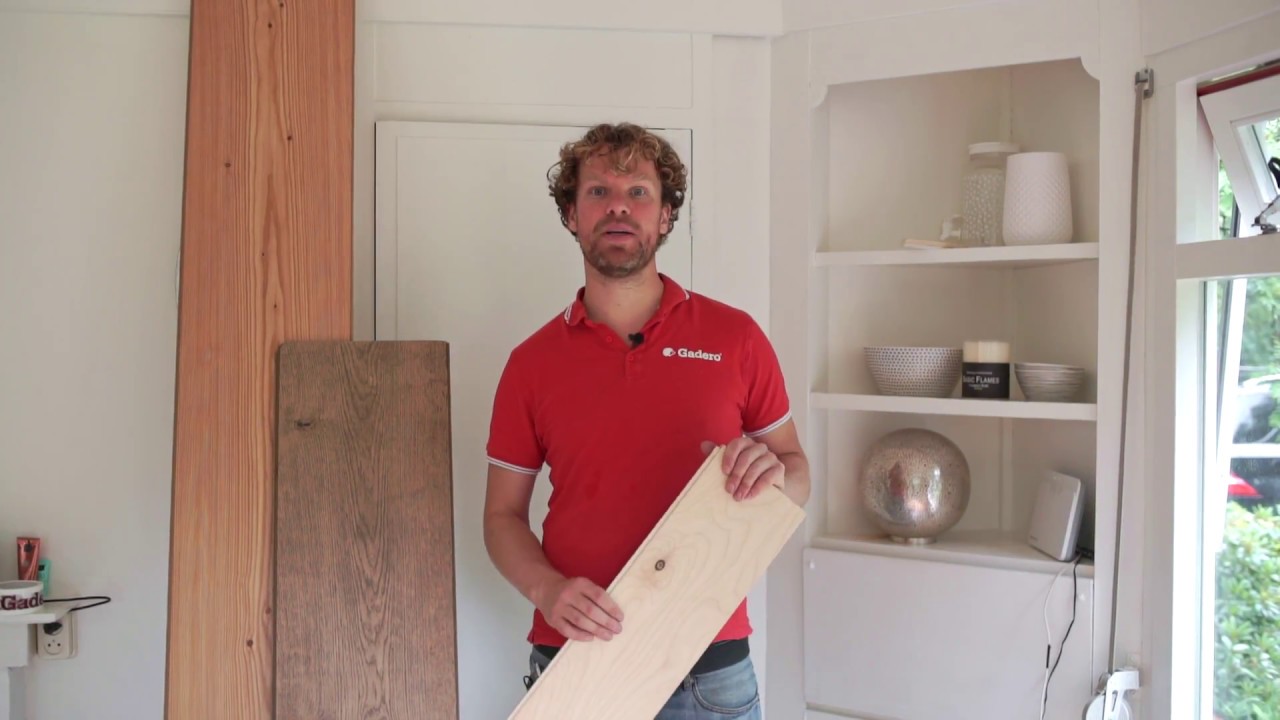visgraat laminaat
How to Install Herringbone Laminate Flooring: A Comprehensive Guide
Are you considering installing herringbone laminate flooring in your home? This stylish and timeless flooring option can add a touch of elegance to any room. However, the installation process can be a bit challenging if you’re not familiar with the techniques involved. In this comprehensive guide, we will walk you through the steps of installing herringbone laminate flooring, providing expert tips and advice along the way.
Table of Contents
- Choosing the Right Herringbone Laminate Flooring
- Preparing the Subfloor
- Gathering the Necessary Tools and Materials
- Installing the Underlayment
- Setting Up the Herringbone Pattern
- Installing the Laminate Planks
- Finishing and Maintaining Your Herringbone Laminate Flooring
Choosing the Right Herringbone Laminate Flooring
Before you begin the installation process, it’s important to choose the right herringbone laminate flooring for your space. Consider factors such as color, texture, thickness, and durability. Take the time to browse different options and select a product that complements your interior design and meets your quality standards. It’s also essential to ensure that the laminate flooring you choose is suitable for herringbone installation.
When selecting your herringbone laminate flooring, pay attention to the AC rating, which indicates the durability of the product. Higher AC ratings are recommended for areas with high foot traffic, such as living rooms or hallways. Additionally, consider the thickness of the planks, as thicker options tend to provide better stability and longevity.
It’s always a good idea to consult with flooring specialists or visit showrooms to see and feel the laminate options in person. This will help you make an informed decision and ensure that you are satisfied with your choice for years to come.
Preparing the Subfloor
Before you begin installing herringbone laminate flooring, it’s crucial to prepare the subfloor properly. The subfloor should be clean, level, and dry to ensure a successful installation and prevent any issues down the line.
Start by removing any existing flooring and thoroughly clean the subfloor. Remove any debris, dust, or adhesive residues that may interfere with the installation process. Next, inspect the subfloor for any unevenness or damage. If you notice any significant imperfections, you may need to level the subfloor using self-leveling compound or sanding.
Ensure that the subfloor is completely dry before proceeding with the installation. Moisture can cause laminate flooring to warp or buckle over time, so it’s essential to address any moisture issues before laying the planks.
Gathering the Necessary Tools and Materials
Before you start installing herringbone laminate flooring, gather all the necessary tools and materials. Having everything you need at hand will make the installation process smoother and more efficient.
Here are some essential tools and materials you will need:
- Laminate flooring
- Underlayment
- Tape measure
- Pencil
- Safety glasses
- Gloves
- Utility knife
- Spacers
- Tapping block
- Pry bar
- Hammer
- Level
- Saw
- Installation kit (includes a pull bar and tapping block)
Make sure you have all the necessary tools and materials before you start the installation process. This will save you time and prevent any delays or interruptions during the project.
Installing the Underlayment
Before laying the herringbone laminate flooring, you need to install an underlayment. The underlayment acts as a moisture barrier and provides cushioning and sound absorption.
Start by rolling out the underlayment across the entire subfloor, ensuring that the edges overlap by a few inches. Use a utility knife to trim any excess underlayment. Secure the underlayment to the subfloor using tape or adhesive, following the manufacturer’s instructions.
Once the underlayment is in place, double-check that the subfloor is clean and free of debris. It’s important to provide a smooth and even surface for the laminate planks to adhere to.
Setting Up the Herringbone Pattern
One of the defining characteristics of herringbone laminate flooring is its distinctive pattern. To achieve the herringbone effect, you need to carefully arrange the planks at a 45-degree angle.
Start by measuring and marking the centerline of the room. This will serve as a reference point for laying the herringbone pattern. Work from the centerline towards the walls, making sure to maintain the 45-degree angle.
Use spacers to create an expansion gap along the walls. This gap allows the laminate flooring to expand and contract with changes in temperature and humidity. It’s important to follow the manufacturer’s guidelines regarding the size of the expansion gap.
As you continue laying the herringbone pattern, periodically check that the planks are straight and aligned. Adjust as necessary to maintain a uniform and visually pleasing pattern.
Installing the Laminate Planks
Once the herringbone pattern is set up, you can start installing the laminate planks. Follow these steps:
- Begin in one corner of the room and lay the first plank at a 45-degree angle to the walls. Make sure to leave the expansion gap along the walls.
- Place spacers between the walls and the first plank to maintain the gap.
- Continue laying the planks, connecting them using the tongue-and-groove system. Use a tapping block and hammer to gently tap the planks into place.
- Trim the last plank in each row to fit, leaving the necessary expansion gap.
- Repeat the process row by row, always maintaining the 45-degree angle and using spacers to ensure consistent spacing.
- When you reach the final row, measure and cut the planks to fit. Remember to leave the expansion gap.
Continue installing the laminate planks until the entire room is covered. Take your time and pay attention to the details to achieve a professional-looking finish.
Finishing and Maintaining Your Herringbone Laminate Flooring
Once the herringbone laminate flooring is installed, it’s essential to finish and maintain it properly to ensure its longevity and beauty.
Remove the spacers along the walls and install baseboards or quarter round molding to cover the expansion gap. This will provide a finished look and protect the edges of the laminate planks.
To maintain your herringbone laminate flooring, follow these tips:
- Regularly sweep or vacuum the floor to remove dirt and debris.
- Use a damp mop or microfiber cloth to clean the floor, avoiding excessive moisture.
- Avoid using harsh chemicals or abrasive cleaners that can damage the laminate surface.
- Place felt pads under furniture legs to prevent scratches.
- Wipe up spills immediately to prevent water damage.
By following these maintenance practices, you can keep your herringbone laminate flooring looking beautiful for years to come.
Questions and Answers
Q: Can herringbone laminate flooring be installed in bathrooms or kitchens?
A: While laminate flooring is generally not recommended for areas with high moisture levels, some manufacturers offer water-resistant or waterproof options that can be suitable for bathrooms and kitchens. It’s essential to check the product specifications and installation guidelines provided by the manufacturer.
Q: Can herringbone laminate flooring be installed over existing tile or hardwood floors?
A: Yes, herringbone laminate flooring can be installed over existing tile or hardwood floors. However, it’s important to ensure that the subfloor is clean, level, and in good condition. It may be necessary to use a leveling compound or sand down any uneven areas to provide a suitable surface for installation.
Q: How long does it typically take to install herringbone laminate flooring?
A: The installation time for herringbone laminate flooring can vary depending on the size of the room, the complexity of the pattern, and your level of experience. On average, it can take anywhere from a few days to a week to complete the installation process.
Conclusion
In conclusion, installing herringbone laminate flooring requires careful planning and attention to detail. By following the steps outlined in this guide, you can achieve a stunning herringbone pattern that will enhance the beauty of your space. Remember to choose the right laminate flooring, prepare the subfloor properly, and gather all the necessary tools and materials. Take your time during installation and follow proper maintenance practices to ensure the longevity and beauty of your herringbone laminate flooring.
Learn how to install Natureffect® Parquet, Herringbone Laminate Flooring from V4 Wood Flooring. Natureffec®t laminate Flooring …





